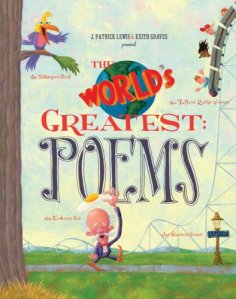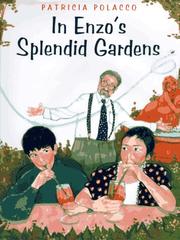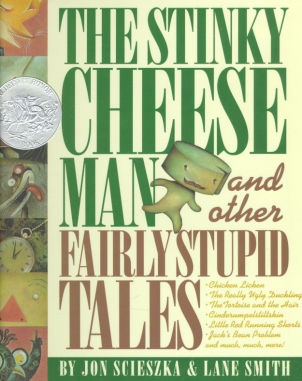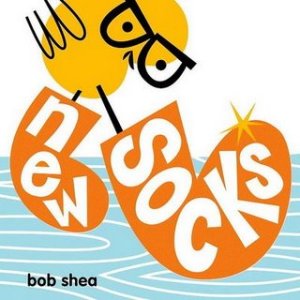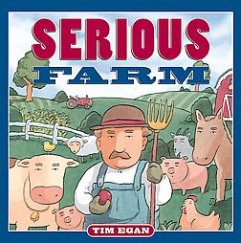(image to come)
Publishing: Greenwillow, New York, 1982.
Description: A set of silly poems with even sillier drawings. Kids will laugh, but Prelutsky’s command of language will be fun for parents to enjoy as well if they choose to read it out loud.
Programming: This is a great book to show that poetry can be fun, and not boring. Students might learn rhyme scheme from some of the shorter, more straight-forward poems. Other poems might require some discussion, such as the one about the frog and the toad, that might lead into other subjects, such as biology. (What is the difference between a frog and a toad? etc). Because of the range of subjects covered in the poems, the possibilities might be only limited by imagination.

